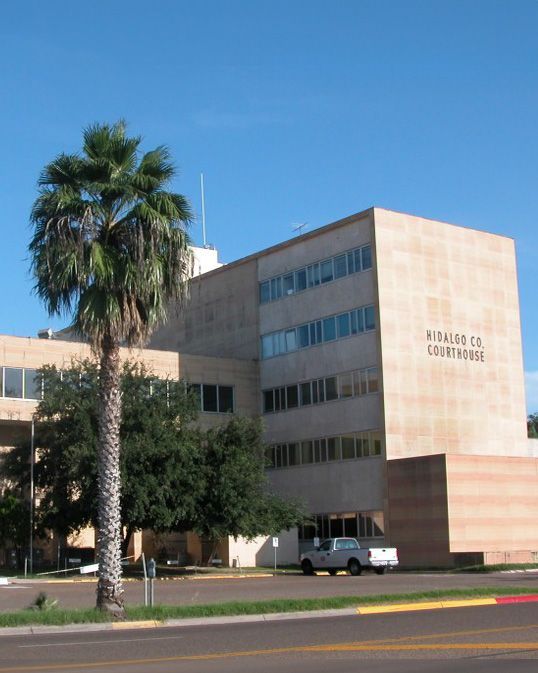What Is an “Unmarked Crosswalk” in Texas?
LAW BLOG •
Pedestrians are particularly vulnerable in any accident involving a motor vehicle. Accidents killed 678 pedestrians in 2016 in Texas, a 21.5% increase over the previous year. Accidents involving pedestrians injure many others, some seriously. Even when pedestrians take appropriate precautions, a negligent driver can cause an accident resulting in horrific injuries.
Where to Find Marked Crosswalks
Crosswalks exist at any intersection of a roadway. Often, surface markings indicating where pedestrians may safely cross the roadway designate these crosswalks. These may be marked perpendicular to the roadway or occasionally diagonally across both roadways in the intersection. Intersections near schools often have marked crosswalks to encourage school children to cross at safer locations. Busy intersections where there is normally a great deal of pedestrian traffic often have crosswalks marked out in combination with the use of traffic signals controlling both vehicle and pedestrian crossings.
Understanding Unmarked Crosswalks
Pedestrians may cross a roadway any place an intersection exists. However, it is not always feasible to mark the crosswalk at every intersection. When an intersection exists without any marked crosswalk, an “unmarked crosswalk” is said to exist. These often extend from the sidewalk on one side of the road to the sidewalk on the other side of a road. Unmarked crosswalks are always perpendicular to the roadway, never diagonal. Pedestrians in unmarked crosswalks have all the same right-of-way privileges they would have in a marked crosswalk and must abide by the same traffic rules.
Driver’s Responsibilities to Pedestrians in Unmarked Crosswalks
If a driver approaches an intersection without a marked crosswalk, he or she must yield the right of way if there is a traffic control signal giving the pedestrian the right to cross the road at that time. A driver must also yield the right of way at unmarked crosswalks in cases where there is no traffic control signal, if the pedestrian is on the half of the roadway in which the vehicle is traveling or is approaching so closely from the other side of the road as to be in danger from the vehicle. Drivers also may not pass a vehicle that stops to yield to a pedestrian. Drivers have a responsibility to watch for and avoid striking pedestrians if possible.
Pedestrian Responsibilities in Unmarked Crosswalks
The pedestrian may not cross an intersection controlled by traffic signals until the “walk” signal or green light is on for traffic in his or her direction. In no case should a pedestrian suddenly enter the roadway in such a way that a vehicle does not have the opportunity to stop or avoid hitting the pedestrian. The most important responsibility of the pedestrian is to exercise care and watch for vehicles before entering an unmarked crosswalk, even if the vehicles approaching should yield the right of way.
Crossing at a Location Other Than a Crosswalk
In Texas, a pedestrian may legally cross the road between intersections under certain circumstances. If the pedestrian is between intersections where one or both intersections lack a traffic control signal, the pedestrian may cross without “jay walking.” However, when crossing between intersections, the pedestrian does not have the same right of way that he or she would have when using a marked or unmarked crosswalk. When crossing the roadway between intersections, the pedestrian must yield the right of way to the vehicles.
Staying Safe as a Pedestrian
The number of injuries and fatalities pedestrians suffer each year even in cases where they have the clear right of way highlights the dangers of attempting to cross in anything but the safest possible locations. However, when a pedestrian uses an unmarked crosswalk in a safe manner, drivers ultimately have the responsibility to act appropriately and yield to pedestrians to avoid accidents and injuries.
The post What Is an “Unmarked Crosswalk” in Texas? appeared first on GES Injury Attorneys.
Every state limits the amount of time you have to file a claim.
Don't Delay.
Contact the Attorneys at Gordon & Elias, LLP Today to preserve your right to a recovery.
Contact Us
We will get back to you as soon as possible.
Please try again later.
100% FREE CASE EVALUATION
Free Consultation • No Fee If No Recovery



